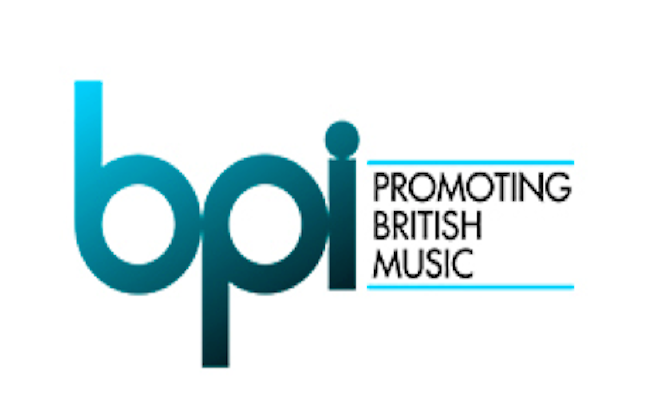New BPI figures reveal that UK record labels’ trade income is at a five-year high following 5.1% growth in 2016.
The BPI reports that combined revenues generated through streaming, sales across physical and download formats, performance rights, and sync rose by just over 5%. An annual total income of £926 million represents the largest in five years.
The £44.6m income rise on 2015 was driven largely by growth in streaming revenues, which increased by 61%. Streaming accounted for 30% of overall label revenues in 2016, with physical responsible for 32%. This rate of growth could lead to streaming overtaking physical this year, and also shows that the general rise in streaming figures is now leading to increased revenues.
Revenue growth occurred mainly in Q2 and Q3, while the traditionally large Q4 grew by only 0.4% compared to 2015, when Adele’s 25 – which sold 803,000 copies in week one alone – was released.
Geoff Taylor, chief executive BPI & BRIT Awards, welcomed the news, saying: “It’s encouraging to see revenues rise significantly, as more and more consumers enjoy the benefits of subscribing to a premium streaming service or rediscover the joys of vinyl.
However, Taylor warned that, “Britain’s world-leading music sector has the potential for sustained growth in the years ahead, but this exciting future can only be realised if government makes creative businesses a priority post-Brexit.
“What does this mean? It means making sure that UK artists can tour freely in EU markets and that UK businesses can access the best talent. It means taking firm action against illegal websites that deny artists a living, and it means making clear in UK law that huge online platforms must pay fair royalties for the music they use. And it means working with industry to boost exports by promoting strong IP protection in trade negotiations with third countries.
“UK record labels will continue to take huge risks backing emerging British talent and investing hundreds of millions of pounds annually to bring it to a global audience. With strong support from government, British music can continue to be a global success.”
The BPI’s report also specifies that the Value Gap, illegal download websites and increasing competition on global streaming services all remain a threat to label revenues.
Digging deeper into the figures, the report shows that subscription is key to streaming revenues, accounting for 87.1% of the annual market total of £274m. Income from ad-supported tiers of streaming platforms represents 3.6%, and video streaming 9.3%.
It also revealed that consumer uptake of premium subscription services such as Spotify, Apple Music and Deezer continues to rise. For the four-weeks ending December 18 2016, Kantar research showed that 11% of the UK adult population used a paid-for service, up from 9% in 2015. This suggests the continued offer of free trials, above-the-line advertising and bundled deals are helping to drive engagement.
The figures also demonstrate the resilience of the physical format. While revenue from physical dipped below £300 million in 2016, it remained the largest income stream for labels, declining by 1.9% on 2015. Income from CDs fell by less than a tenth (9.1%), while vinyl rose significantly, posting a 66.5% increase.
Vinyl now accounts for 15% of physical album turnover and 4.5% of total label revenues. The vinyl market is now worth 50% of the album download market, or more than 60% of the value of single track downloads.
Elsewhere, the report shows music DVD had its strongest year since 2013, boosted by the release of The Beatles’ Eight Days A Week and the Oasis documentary Supersonic, which together sold more than 350,000 copies.
Looking at sync and performance rights, the report shows that earnings from rights collected by the PPL from the broadcast and public performance of recorded music increased by 1.8% in 2016, from £171 million in 2015 to £174 million. Sync revenues during the same period also went up, although by a less significant figure of 0.6%.
See below for a breakdown of the BPI’s figures.
|
Table 1: Annual Trade Income 2015 – 2016 comparison
|
As we head further into 2017, Music Week’s Q1 analysis features in this week’s edition, or can be found online here.











